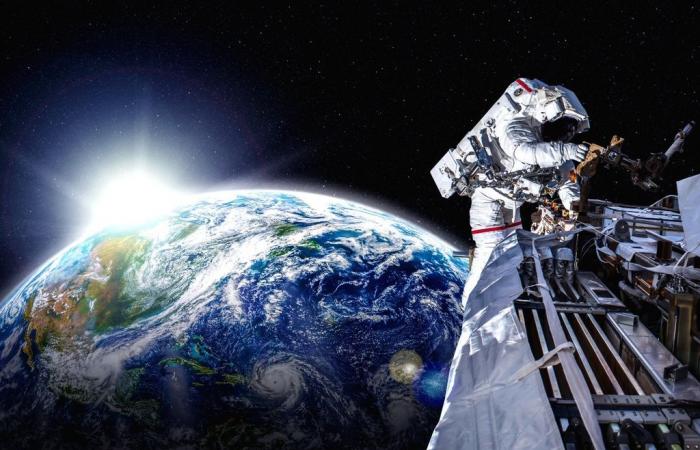From the beginning it was known that the International Space Station (ISS) could not last forever, given that Their equipment would sooner or later become obsolete.. It was also known that the expiration date would be around 2030, and that its release from circulation had to be done in a controlled manner to avoid harm to life on Earth.
Now that the date is approaching, NASA has begun plans to remove it from orbit. This week, the Agency made the official announcement: it granted the company SpaceX wins contract to manufacture deorbit vehicle which will have the task of towing the ISS to its final destination.
Elon Musk’s company will be responsible for building the rocket, according to the $836 million contract awarded. Once the device is finished, the Agency will be responsible for operating it so that it fulfills its mission.
Both the deorbiter and the ISS will pass through the atmosphere and disintegrate together, so as not to put any population at risk.
“The selection of a US deorbiter for the International Space Station will help (…) to ensure a safe and responsible transition into low Earth orbit “at the end of station operations,” said Ken Bowersox, associate administrator for the Space Operations Mission Directorate at NASA Headquarters.
What will the end of the International Space Station be like?
The ISS was launched in 1998 and since then, this gigantic 420 ton platform the size of a football fieldhas orbited the Earth at an altitude of 400 km.
Since 2000, when the first crew arrived, more than 250 astronauts from 20 countries have lived there as part of more than 3300 research projects. The ISS became an emblem of science and international cooperation.

“Since 1998, five space agenciesCSA (Canadian Space Agency), ESA (European Space Agency), JAXA (Japan Aerospace Exploration Agency), NASA (National Aeronautics and Space Administration) and the State Space Corporation Roscosmos, have operated the International Space Stationand each agency is responsible for managing and controlling the hardware it provides,” NASA explained in a statement.
The agencies have evaluated Other alternatives to remove the EE from circulationYO, how to propel it farther from Earth. But dozens of rockets would be needed to bring the platform into a higher orbit. The best option for disposing of it is to re-enter the Earth and ensure its destruction by the heat of the atmosphere.
The process will begin in 2026when the ISS will be allowed to descend naturally towards Earth, from the current 400 km to about 320 km. Once there, the last crew will be sent, who will recover the elements or equipment that need to be preserved.
Then, starting in 2030, the SpaceX rocket will begin its mission to tow the structure up to 120 km in height, from where it will begin its effective entry into the atmosphere at 29,000 km/h.
At this speed, as explained by the agency’s specialists, the solar panels will be torn from the structure. Then, within a few minutes, the rest of the panels and structure will be destroyed by friction.
According to precise calculations, any remains of the station that survive re-entry will fall into Point Nemoa sector of the Pacific Ocean between New Zealand and South America, which is often used as a repository for objects returned from space.






